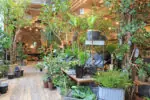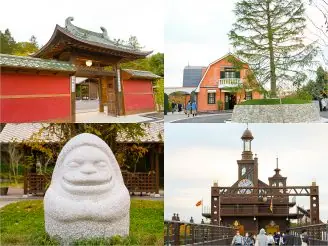Inuyama, Meiji Mura: Have Fun Learning about the Architecture of the Meiji and Taisho eras!

Table of Contents
"Meiji Mura" locates in Inuyama City, Aichi Prefecture. This is an open-air museum where famous buildings from the Taisho period to the early Showa period have been relocated and preserved, mainly from the Meiji period. Many people in the Tokai area must have visited at least once for outings with their families or field trips.
The founding of Meiji Mura began with the desire to somehow save modern architecture that was destined for demolition. Without this facility, the Imperial Hotel and Natsume Soseki's house would have been destined to be demolished. When relocating, we carefully dismantle one by one, assign numbers to the parts, transport them, and rebuild them. Meiji Mura is a place where valuable Meiji buildings are handed down to future generations. Let's learn about the historical architecture while going around Meiji Mura. Masterpiece architecture has a lot of hints for home building and interior.
Meiji Mura is divided into five areas from 1-chome (street) to 5-chome. We will start from 5-chome, where the Imperial Hotel Central Entrance designed by Frank Lloyd Wright is located.
The 3rd Largest Outdoor Theme Park in Japan
What is “Museum Meiji Mura”?
 "Kyoto City Tram" was the first streetcar to open in Japan. You can move around the park on a Meiji-era vehicle.
"Kyoto City Tram" was the first streetcar to open in Japan. You can move around the park on a Meiji-era vehicle.
First, I would like to introduce a little bit about the “Museum Meiji Mura”.
At Meiji Mura, 67 buildings, including 11 that have been designated as national important cultural properties, are exhibited on a beautiful 1,000,000-square-meter hill facing Iruka pond. The site area is vast, and it is the third largest outdoor theme park in Japan. It is often used as a location for dramas and movies, and the scenery spreads out as if you had traveled back in time to the Meiji era.
The Meiji period was an important period in which the national isolation was lifted, the culture of the world was taken in, and it became the foundation of modernization in all aspects. Therefore, Meiji architecture also incorporated Western styles, techniques, and materials on top of the tradition and accumulation of excellent wooden architecture inherited from the Edo period.
People introduced Western-style buildings made of stone and brick, and laid the groundwork for modern architecture using iron, cement, and glass as the Industrial Revolution progressed.
Architectural Masterpiece Designed by Frank Lloyd Wright
"Imperial Hotel Central Entrance"
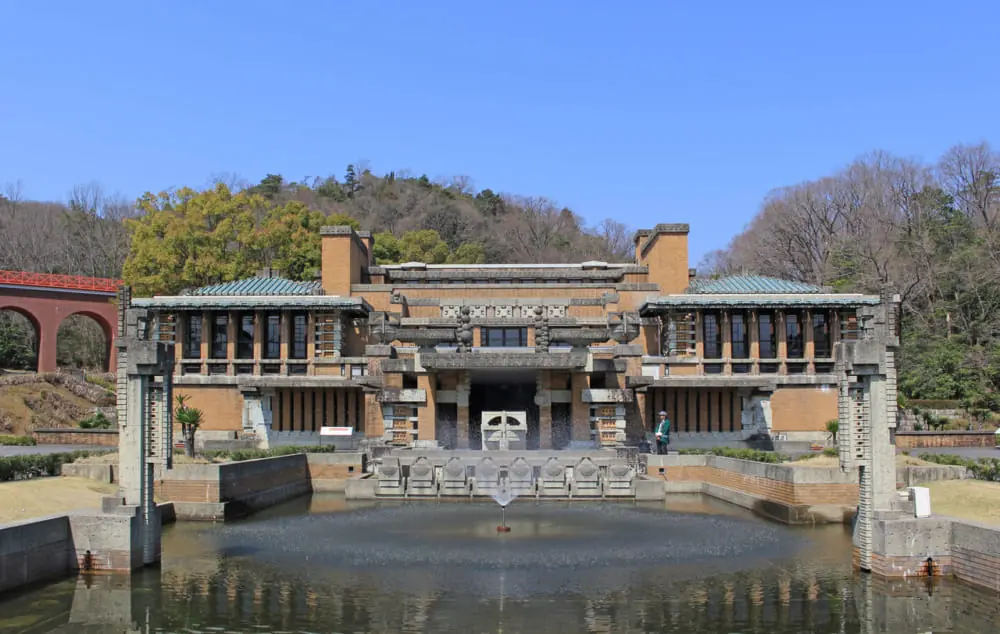 The motif is the Phoenix Hall of Byodo-in Temple. Oya stone, a Japanese stone, is used extensively.
The motif is the Phoenix Hall of Byodo-in Temple. Oya stone, a Japanese stone, is used extensively.
The Imperial Hotel was designed by American architect Frank Lloyd Wright, a master of the 20th century architecture world, and was completed in 1923 (Taisho 12) after four years of major construction. The Imperial Hotel, which was built in front of the Imperial Palace, is a large building with a total area of over 34,000 square meters. Public areas such as the entrance, large dining room, and theater were gathered on the central axis, and guest rooms were arranged on the left and right.
Commitment to Building Materials
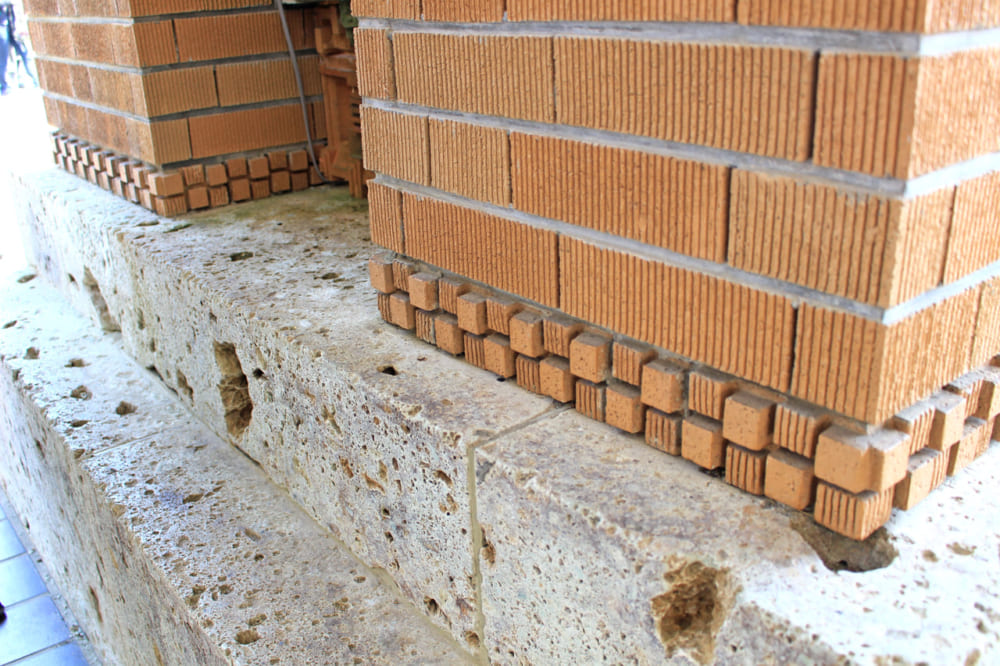 The entrance is finished with scratch bricks and terracotta tiles. Scratch bricks are individually scored by hand.
The entrance is finished with scratch bricks and terracotta tiles. Scratch bricks are individually scored by hand.

part of the entrance door. The colored glass used in windows and fittings is made by sandwiching gold leaf between two pieces of glass.
The interior and exterior of the building are decorated with carved Oya stone and openwork terracotta. Frank Lloyd Wright personally controlled everything from the stone to the wood used in the building.
For example, terracotta, scratch bricks, and clinker tiles were hardly made in Japan at the time. For that reason, we are particular about establishing the "Imperial Hotel Brick Factory" exclusively for the Imperial Hotel in Tokoname, Aichi Prefecture. This factory later became Seitou Co., Ltd. (currently LIXIL Co., Ltd. after INAX Co., Ltd.).
The Central Lobby with a Spectacular Atrium
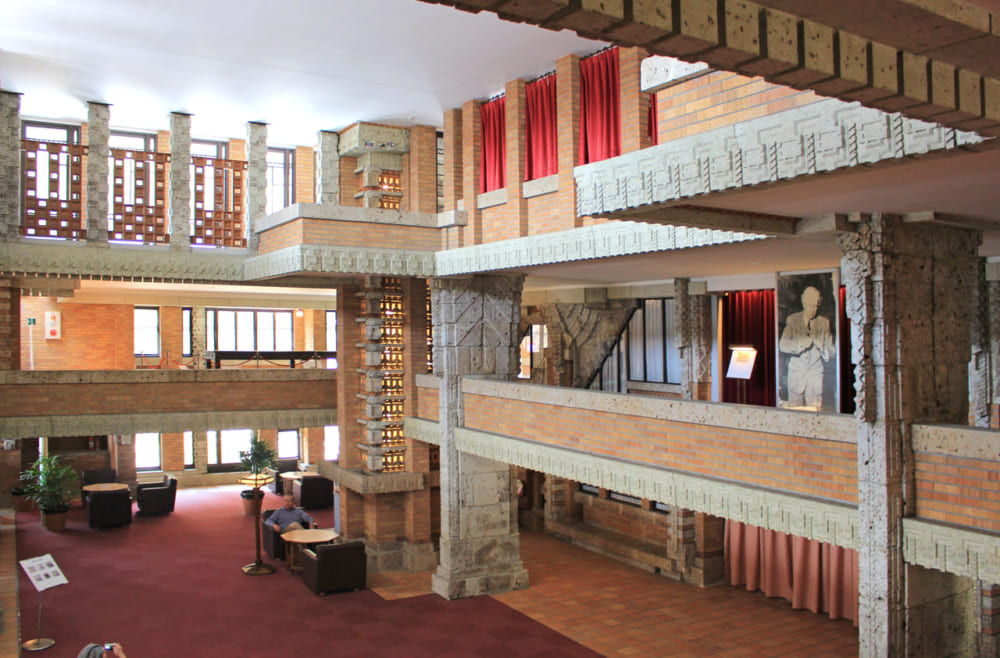
When you enter the entrance, you will see a central lobby that stretches to the 3rd floor. From here, lounges and guest rooms continued on both sides. Each space has a different floor and ceiling height. You can enjoy a different view every time you climb the large staircase and the left and right circular staircases.
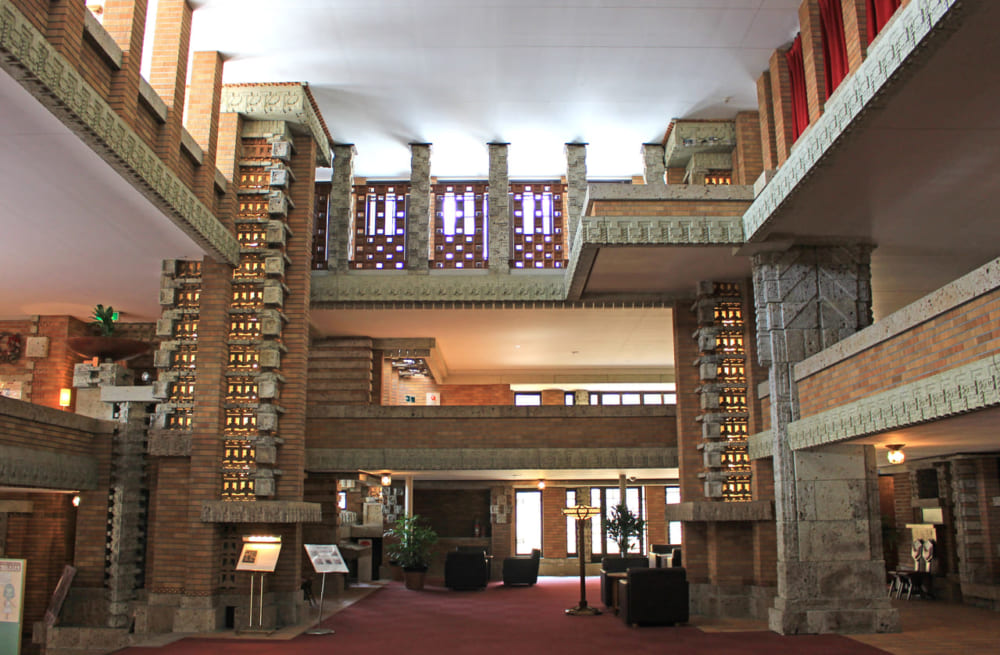 I would like you to experience the joy of the scenery changing as you go up the floor.
I would like you to experience the joy of the scenery changing as you go up the floor.
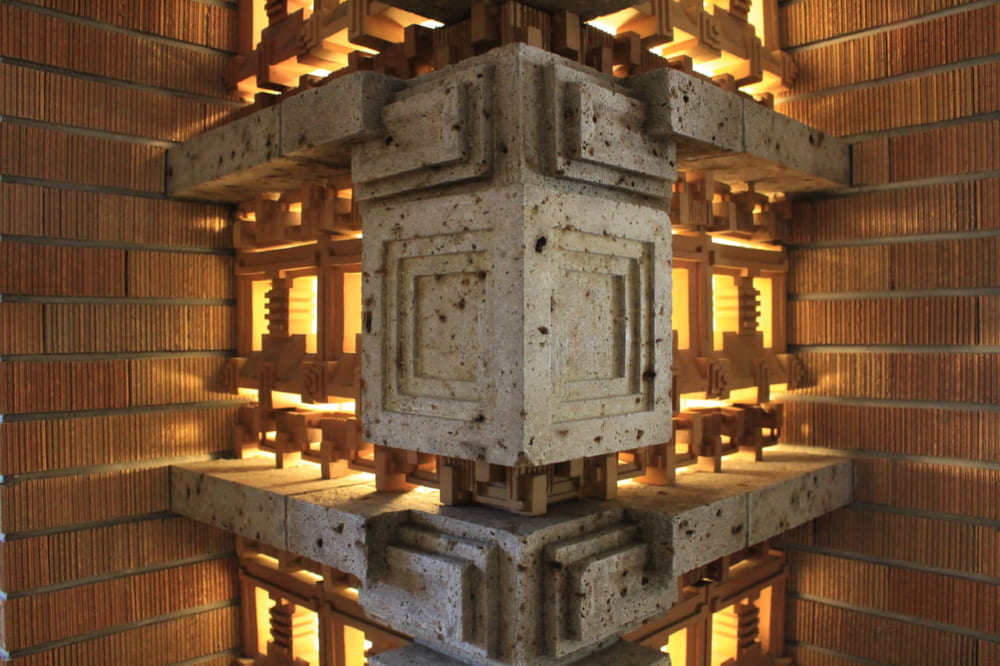
"Kagobashira" of light that penetrates through the atrium. Oya stone, terracotta, and scratch bricks carved with geometric patterns are layered on top of each other.
Comprehensive Design from Furniture to Lighting
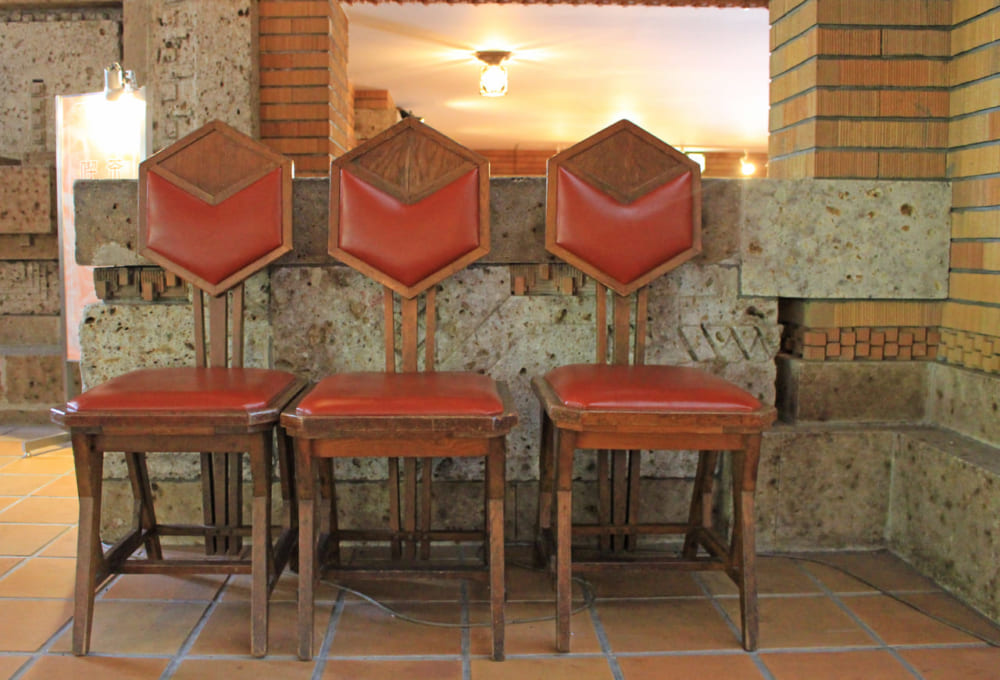
A chair designed by Wright. Hexagonal back, three sloping backrests, and triangular support material at the junction of the seat and legs. They are geometrically combined.
Frank Lloyd Wright comprehensively designed furniture, lighting, interior accessories, and tableware. "The shape of the furniture must be intended and enjoyed in the whole." As he says, he advocates furniture that blends into the entire space and has not only functionality but also expression and emotion.
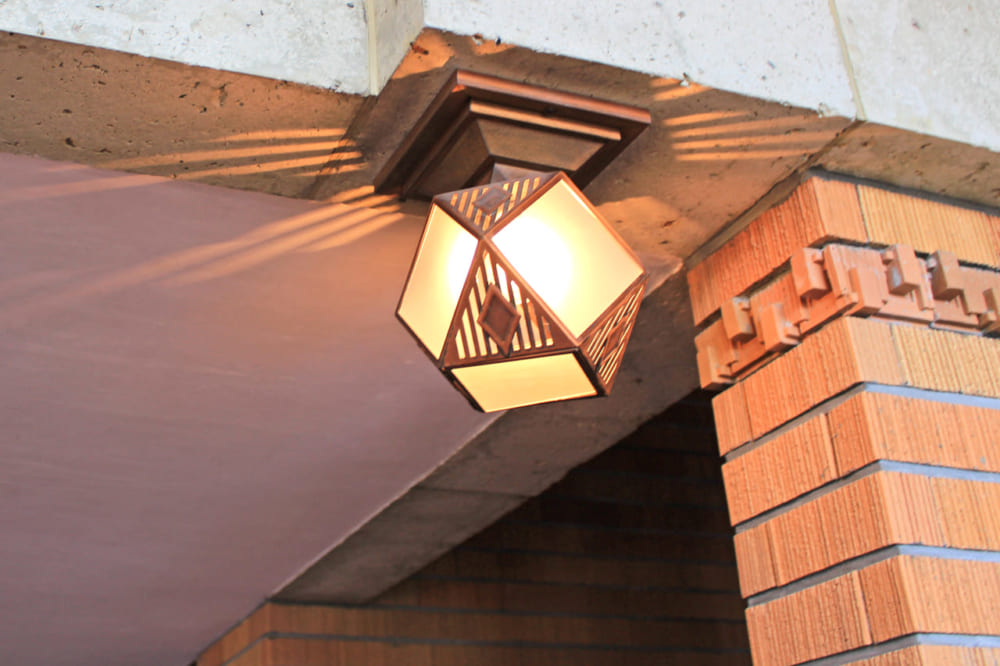
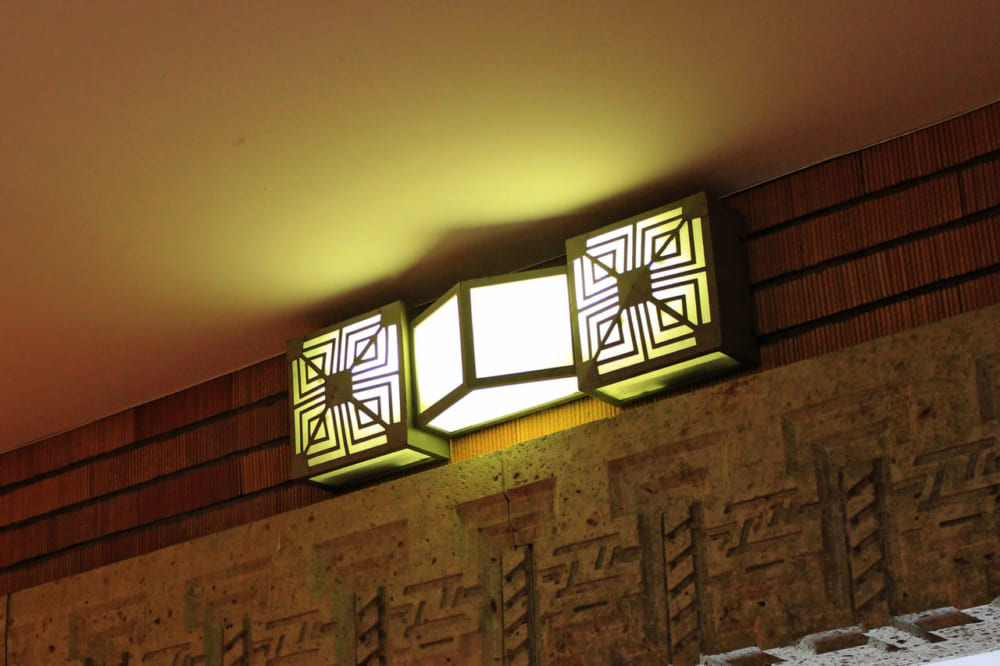 The craftsmanship of the lighting is finished by cutting copper plates one by one.
The craftsmanship of the lighting is finished by cutting copper plates one by one.
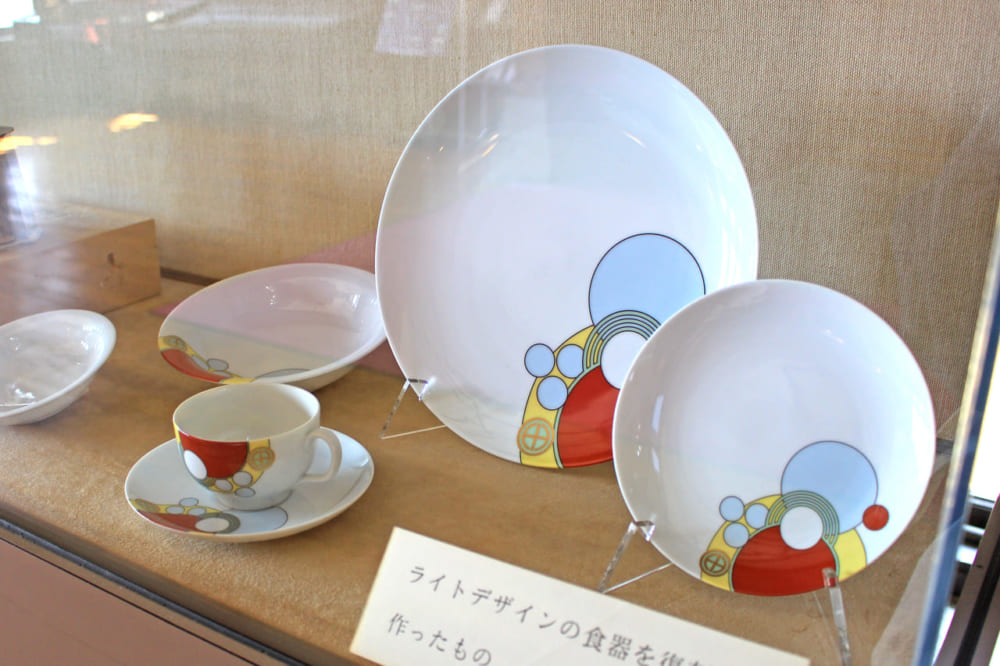
Made by reprinting Wright Design's tableware. You can actually purchase tableware with reprinted designs.
The central entrance of the Imperial Hotel was a wonderful space, not only for the power and openness of the entire building, but also for the attention to detail in the design. It is a building that I would like you to take a close look at, such as how to incorporate tiles, furniture and lighting design.
There is also a tea room in the building, so it is also recommended to enjoy tea slowly.
[Imperial Hotel central entrance]
Former location: Uchisaiwai-cho, Chiyoda-ku, Tokyo
Year of construction: 1923 (Taisho 12)
http://www.meijimura.com/enjoy/sight/building/5-67.html<Fixed time guide (about 20 minutes)>
10:10, 11:30, 13:00, 14:20
It is a guide that starts from the meeting place near the entrance.
Features a Skylight that Maximizes Natural Light
"Takada Oguma Photo Studio"
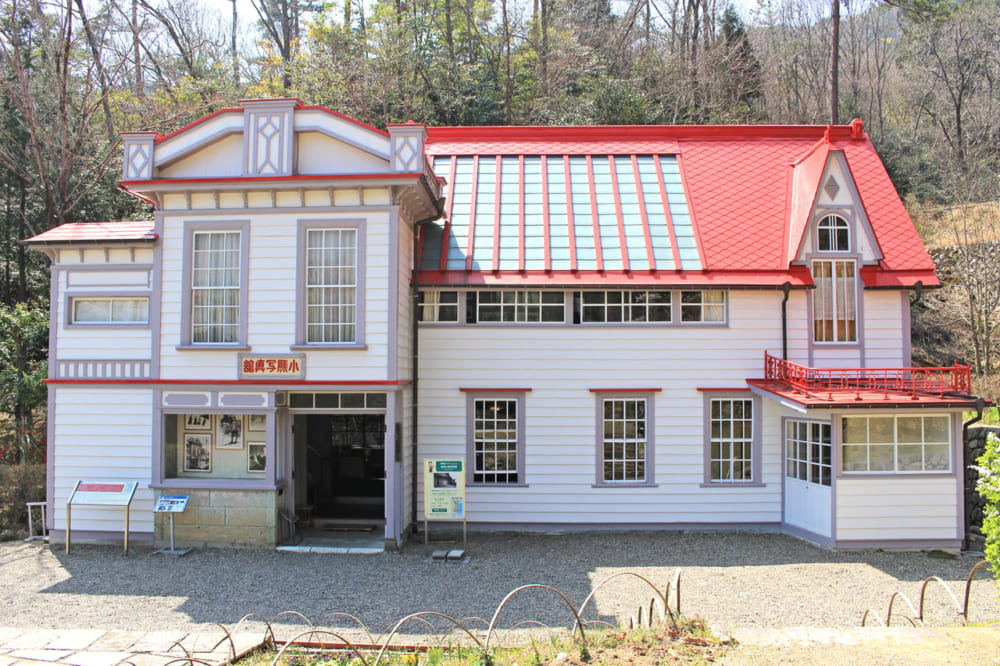
Next on the list is the Takada Oguma Photo Studio, which was relocated from Takada City, Niigata Prefecture, which is known for its heavy snowfall.
This building is a Western-style wooden two-story photo studio built at the end of the Meiji period. Downstairs, there is a drawing room, a darkroom, and a living room that doubles as a workroom.
Because it is a snow country, the roof has a steep slope, and in consideration of the lighting of the studio on the second floor, there is a large skylight window on the roof on the north side. In general, it is said that "south facing" is good for taking in light, but depending on the time of day, direct sunlight enters and it becomes difficult to shoot. In fact, a north-facing window can bring in a steady amount of light. Designed to maximize natural light.
Photo Studio with Plenty of Natural Light
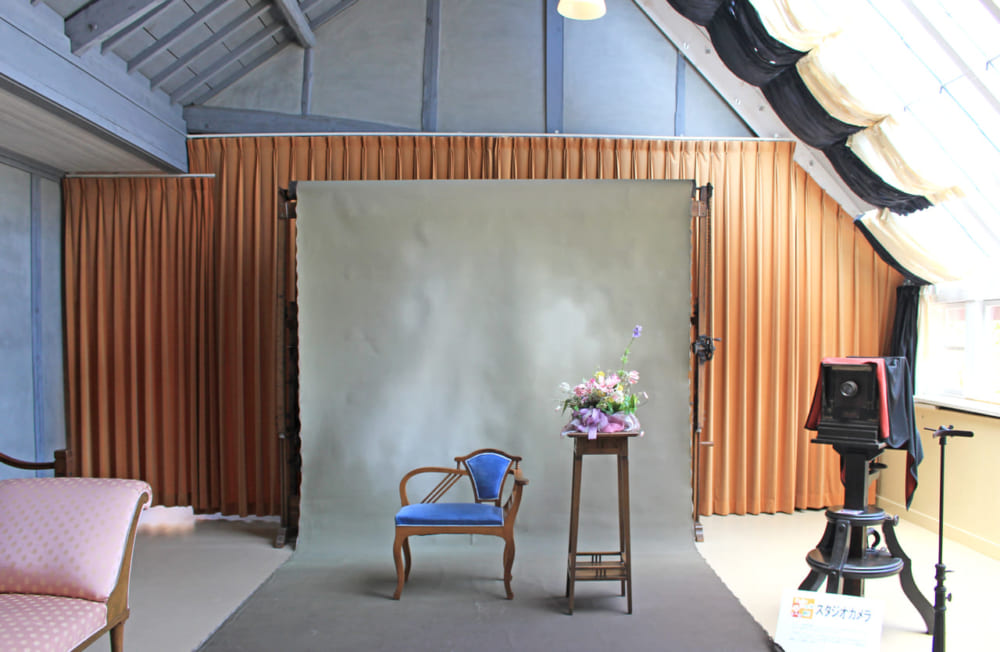
At that time, there was no artificial lighting, so the most difficult part of setting up the studio was how to effectively incorporate the outside light into the studio. Therefore, various ideas were put into the roof, curtains, reflectors, etc.
In this photo studio, the roof on the north side is entirely made of glass, allowing natural light to come in. The amount of light can be adjusted by opening and closing the curtain (unique black and white awning).
 The unique coloring of the paint is impressive. It gently reflects the light.
The unique coloring of the paint is impressive. It gently reflects the light.
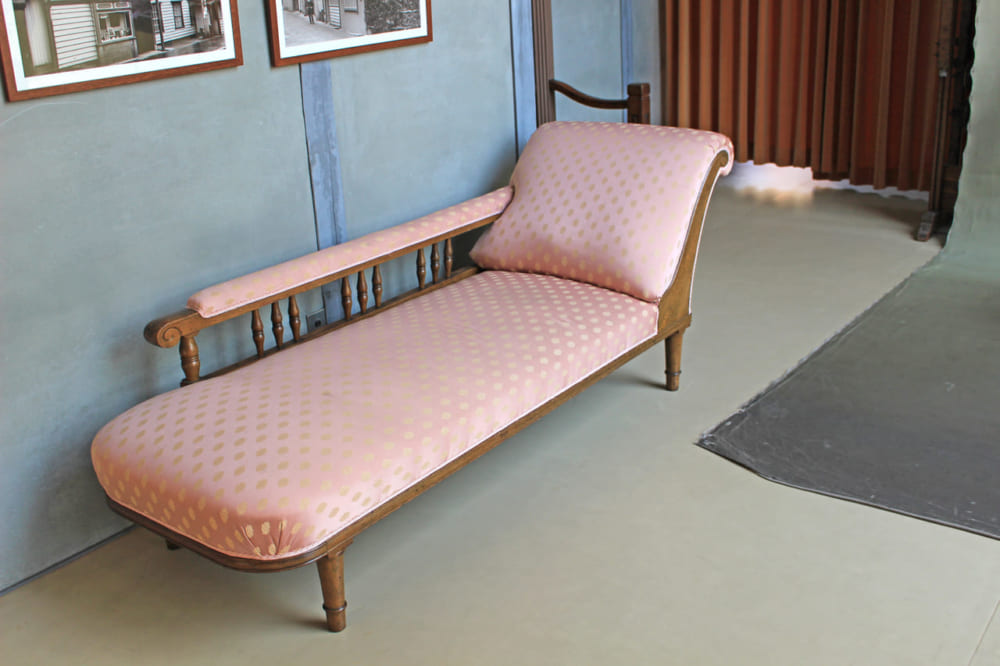
Chair for photography. It is said that the photographers competed with each other on the appearance of the photo studio and the luxury of purchasing expensive imported props.
Fine Wood Decoration
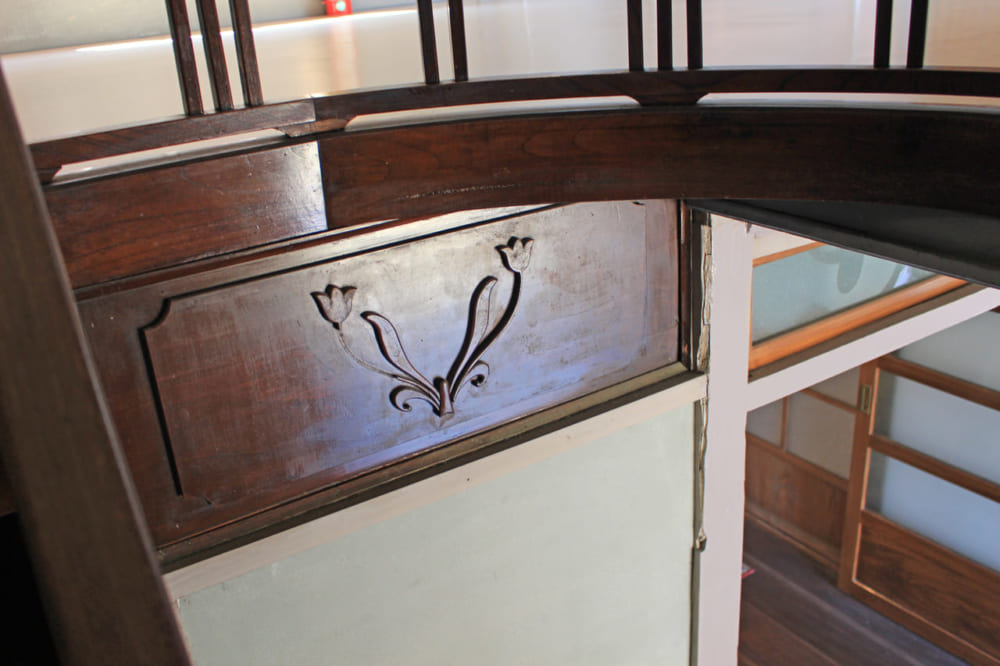
Photography in the Meiji era required advanced knowledge of physics and chemistry and many years of training, and was not something that anyone could easily do. As a result, photographers earned high income and great fame as the star profession of civilization and enlightenment. Such elegance can be felt in the details of the building. It seems that it was also used as a photography prop.
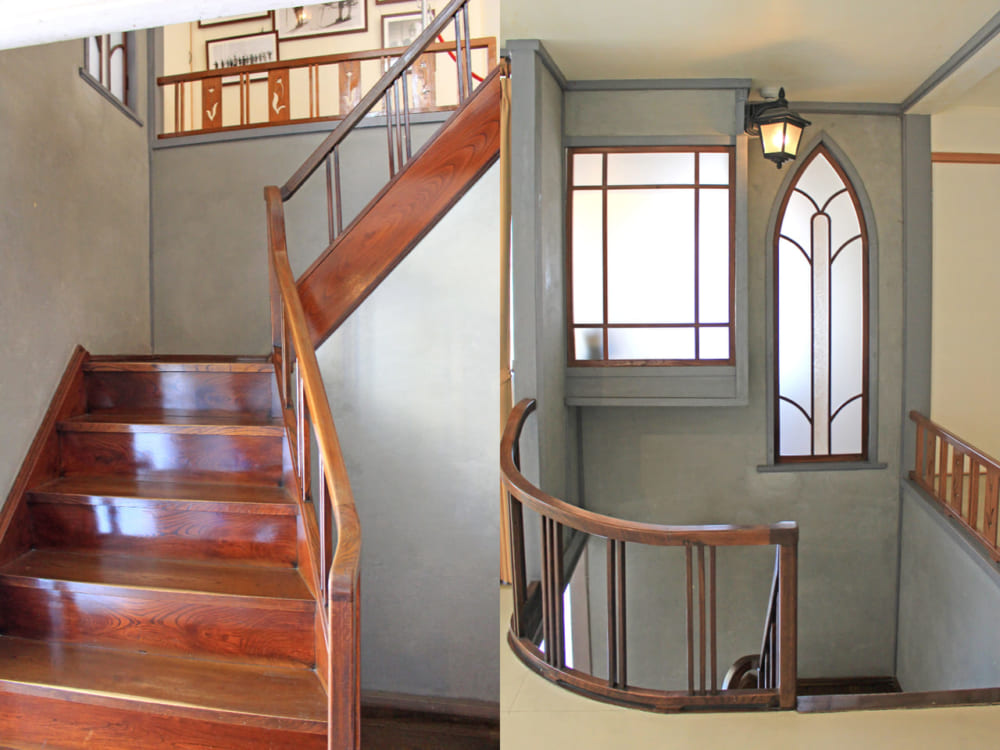
Left) Stairs leading to the second floor. The curved lines are beautiful.
Right) On the other side of the stained glass, there is a place where the make-up is prepared for shooting.
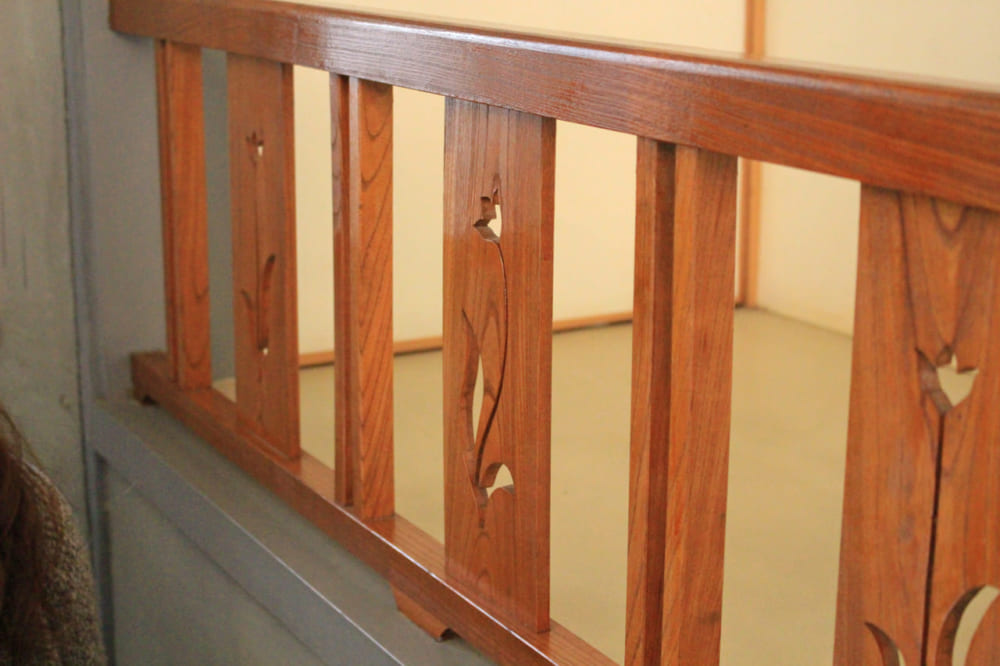
Railing for the stairwell section. These details are also decorated.
The way the skylight brings in light is very interesting! There is a stereotype that the window must be on the south side, but in some cases, like this photo studio, the north side is more suitable.
[Takada Oguma Photo Studio]
Former location: Honmachi, Joetsu City, Niigata Prefecture
Established: 1908 (Meiji 41)
http://www.meijimura.com/enjoy/sight/building/5-65.html
<Free building guide (about 15 minutes)>
11:00, 11:30, 13:00, 13:30, 14:00, *14:30 (*Saturdays, Sundays, and holidays only)
Gothic Architecture with Beautiful Stained Glass
"Saint Xavier's Cathedral"

St. Xavier's Cathedral is a Catholic church built in Kawaramachi, Kyoto in 1890 (Meiji 23) to commemorate St. Francis Xavier, who came to Japan in the early modern period and worked to spread Christianity. It was made by Japanese hands under the supervision of French Father Billion.
The structure is a combination of brick and wood. The outer wall is made of bricks, the inside is made of wood, and the inner and outer walls are finished with plaster.
Typical Gothic Style
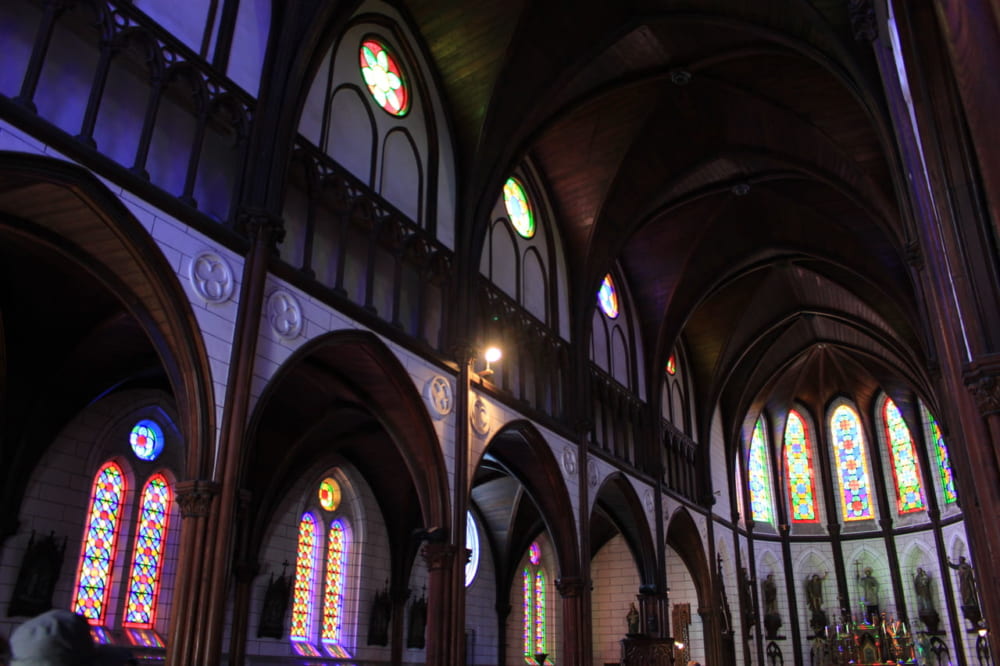
This building was built according to the style of the "French Gothic church" of the middle of the 13th century, when Gothic church architecture was at its peak.
The characteristic of the Gothic style is the variety of "pointed arches" that combine two arcs and have a sharp top. In addition, "Rib vault" is used for the ceiling. The shape that is piled up so that the central part does not collapse is called "vault", and "rib" refers to the arched streak. All the wooden parts, such as the pillars and ribs, except for the ceiling board, are made of zelkova.
Stained Glass Showing Beautiful Shadows
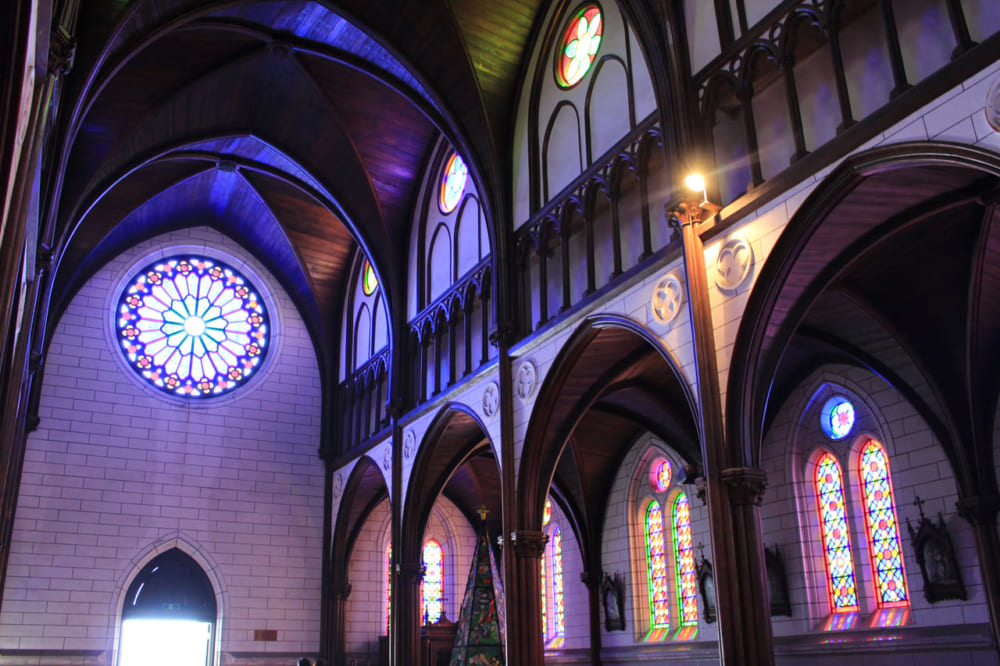
The stained glass, which shows beautiful shadows through the outside light, is colored glass with a flower pattern drawn with white paint, and is protected by layering transparent glass on the outside. Almost all glass consists of primary colors such as red, blue, green and yellow.
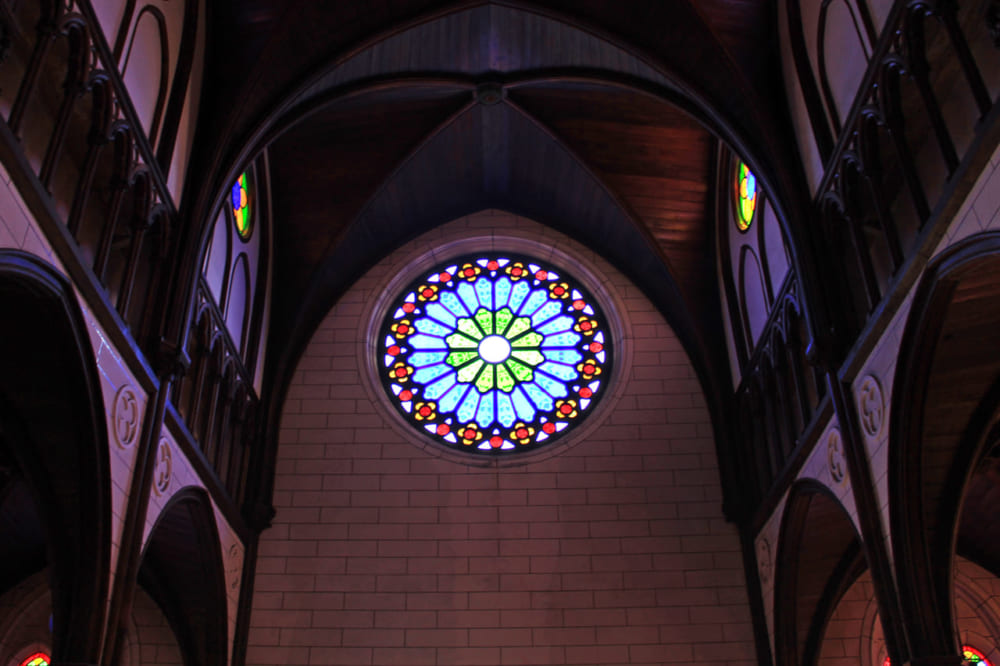 The rose window is one of the major features of Gothic church architecture.
The rose window is one of the major features of Gothic church architecture.
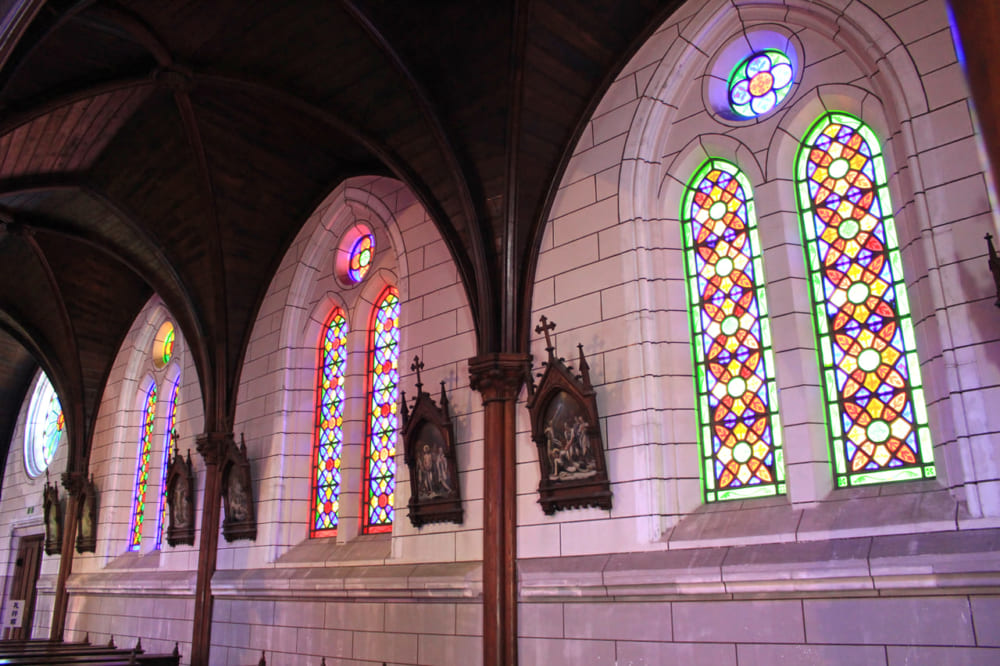
side stained glass
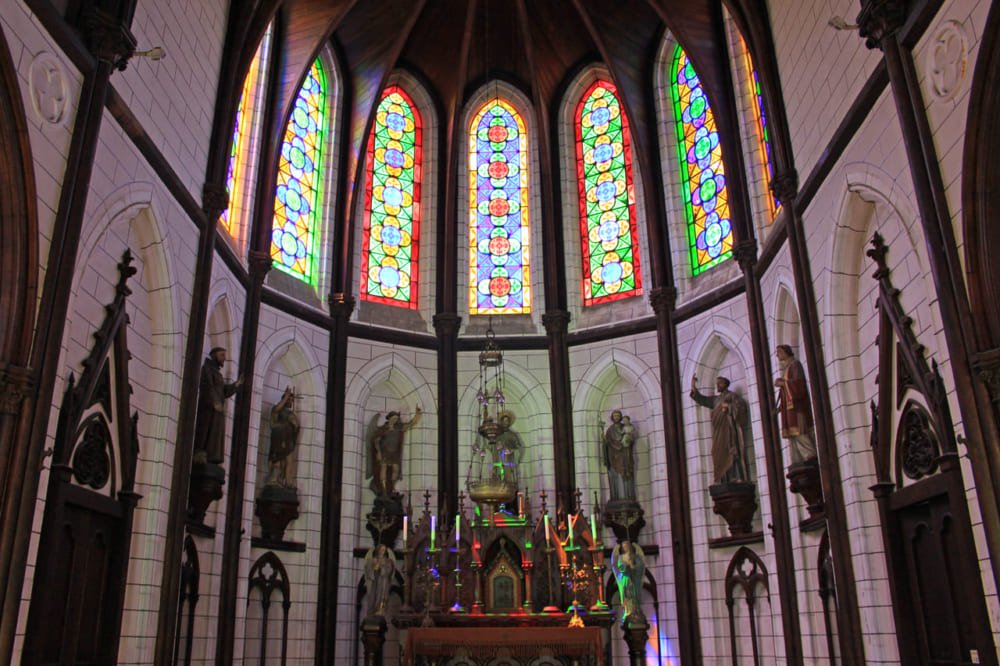 altar stained glass
altar stained glass
[St. Xavier's Cathedral]
Former location: Sanjo, Kawaramachi, Nakagyo Ward, Kyoto City
Year of construction: 1890 (Meiji 23)
http://www.meijimura.com/enjoy/sight/building/5-51.html
From here, I will introduce a digest of the building on 5-chome.
Became an Example of the Current Exterior Wall Structure
"Kanazawa Prison Central Guard Station / Cell"
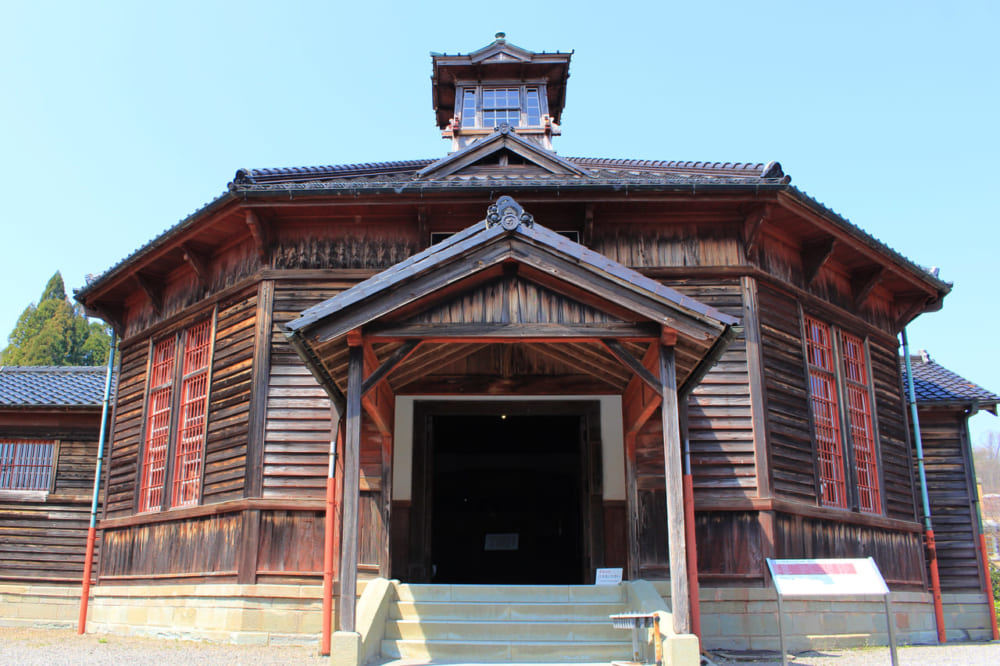
Kanazawa Prison had a circumference of about 900m, and there were about 30 large and small buildings inside a brick wall. This prison house was built in a Western-style five-way radial style, with a total of five cells built on the left, right, diagonally rear, and right behind the octagonal central guardhouse.
The interesting point about this building is the outer wall. The inside and outside are strictly separated by a triple wall consisting of clapboard, rough board, and wooden lath and plastered inner wall. This type of wall has excellent soundproofing and heatproofing effects, and its architectural performance is high.
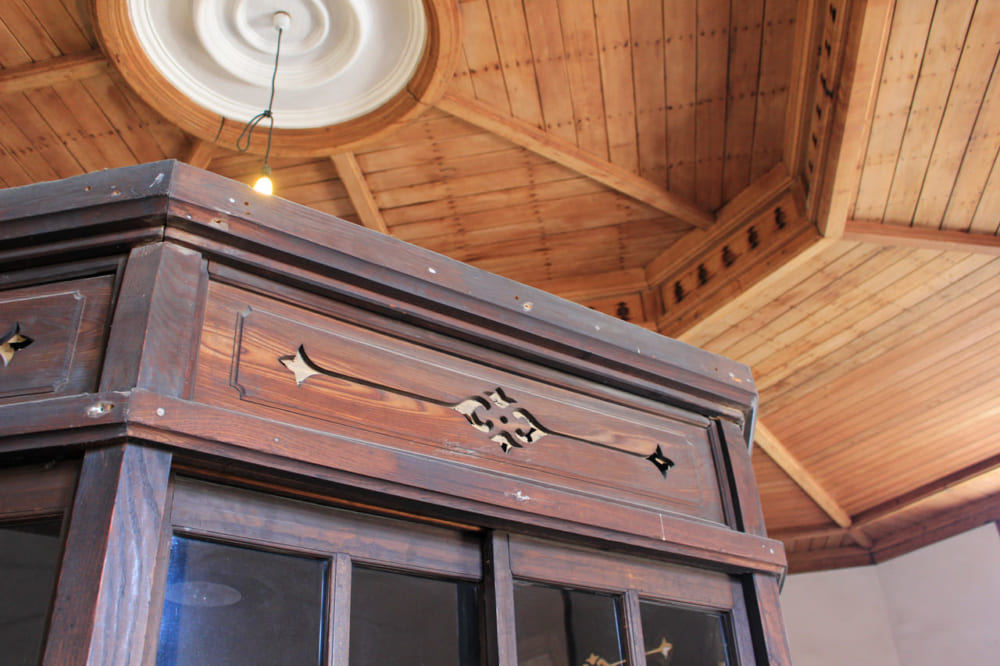
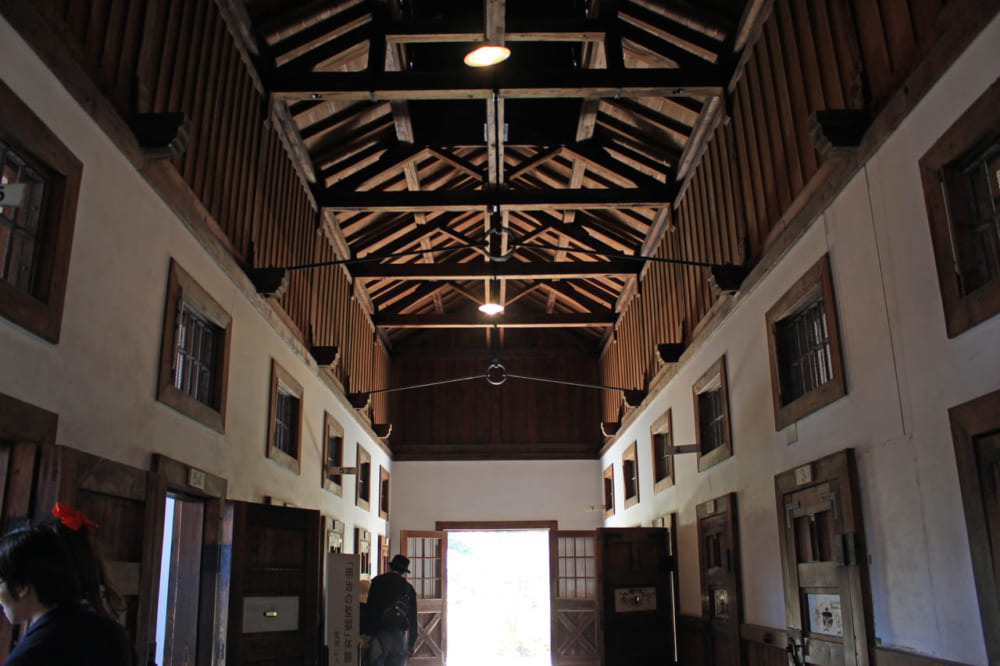
[Kanazawa Prison Central Guard Station / Cell]
Former location: Kodatsuno, Kanazawa City, Ishikawa Prefecture
Year of construction: 1907 (Meiji 40)
http://www.meijimura.com/enjoy/sight/building/5-62.html
Beautiful Brick Gate "Kanazawa Prison Main Gate"
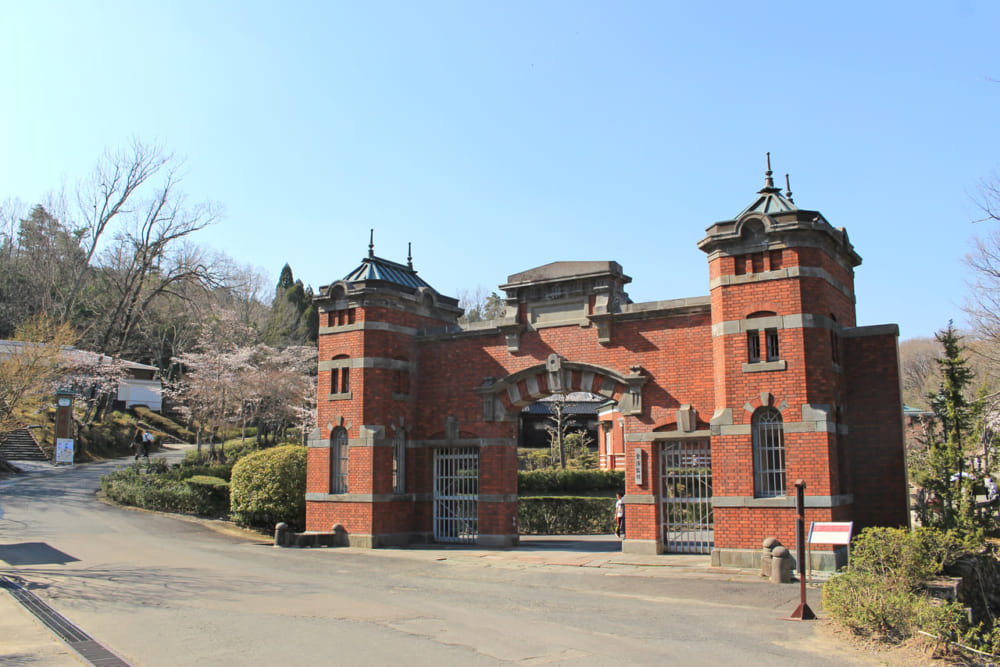
The main gate of Kanazawa Prison has also been relocated to 5-chome.
The Kanazawa Prison is 250m north-south and 190m east-west surrounded by a high brick wall, and the only gate that opens to the west is this main gate. It seems that it was the fashion of the time for Western-style architecture to put a strip of stone decoration on a brick structure.
[Kanazawa Prison Main Gate]
Former location: Kodatsuno, Kanazawa City, Ishikawa Prefecture
Year of construction: 1907 (Meiji 40) Structure: Reinforced concrete http://www.meijimura.com/enjoy/sight/building/5-52.html
Meiji Government Central Library "Cabinet Library"
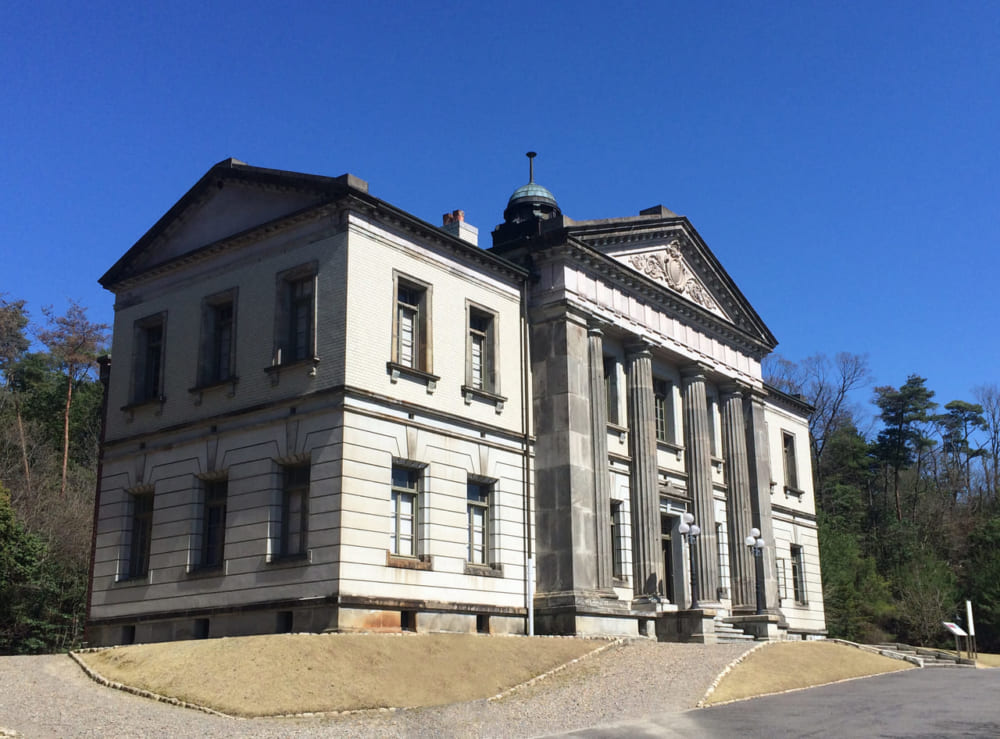
The Cabinet Library is the central library of the Meiji government established in 1873 (Meiji 6) under the name Daijokan Bunko. It was renamed the Cabinet Library in 1890, and was widely used by researchers of ancient documents both in Japan and abroad until the establishment of the National Archives in 1971.
Designed in authentic Renaissance style, it is a textbook work of brick and stone architecture in the Meiji era. In particular, in the center of the front, there are four columns with a height of more than 7m and two corner pillars, and the appearance of receiving a huge pediment (the triangular part formed on the gable wall of the gable roof) looks like a new building in ancient Greece and Rome.
[Cabinet Library]
Former location: Chiyoda, Chiyoda-ku, Tokyo
Year of construction: 1911 (Meiji 44)
http://www.meijimura.com/enjoy/sight/building/5-59.html
A Representative Police Box in the early Taisho period
"Tokyo Station Security Officer's Office"
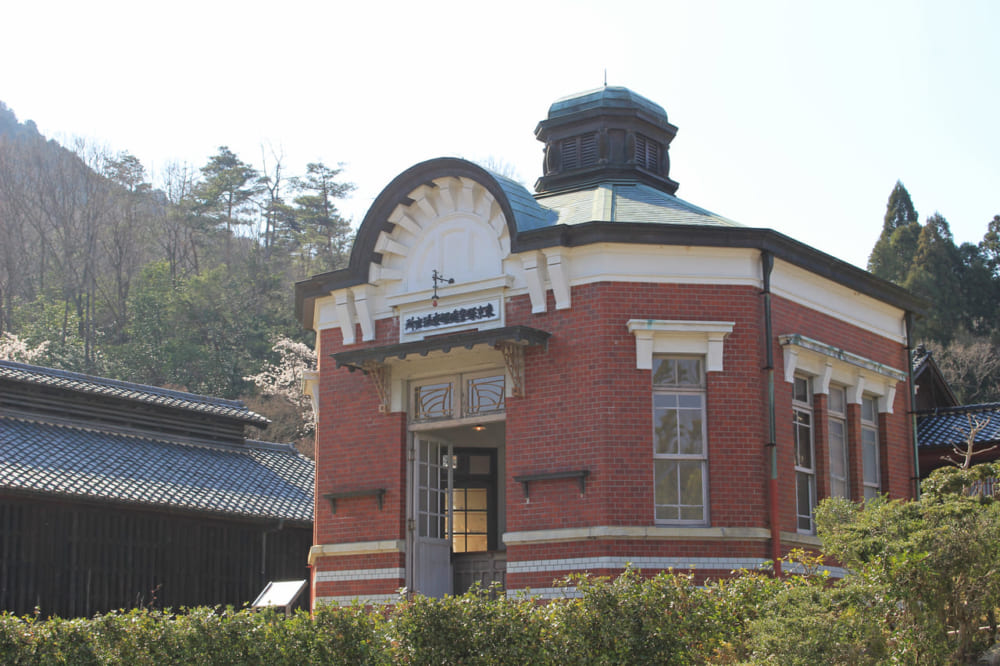
A police office built in the plaza in front of the Marunouchi South Exit of Tokyo Station. In order to harmonize with the Tokyo station bookstore designed by Kingo Tatsuno, the design is fully conscious of the design of the station bookstore. The construction method of covering bricks on a reinforced concrete frame instead of laying bricks was a new construction method that was just beginning to be used in Japan at the time.
At Tokyo Station, which was the main entrance to the capital of Tokyo, there were many important events, such as the imperial tour of the provinces and foreign missions.
[Tokyo Station Security Officer's Office]
Former location: Marunouchi, Chiyoda-ku, Tokyo
Year of construction: Around 1914 (Taisho 3) http://www.meijimura.com/enjoy/sight/building/5-60.html
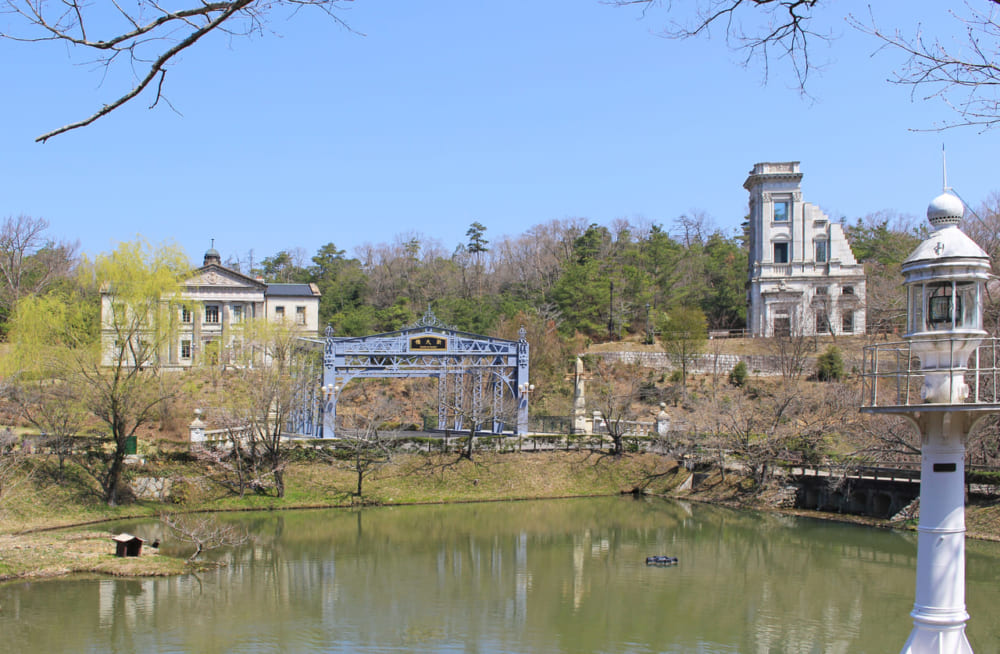
The 5-chome area is also home to the "Kawasaki Bank Head Office", "Kikunoyo Sake Brewery", "Meitetsu Iwakura Substation", and many other relatively large buildings. Among them, the "Imperial Hotel Central Entrance" and the "Takada Oguma Photo Studio" introduced at the beginning are well-designed interiors.

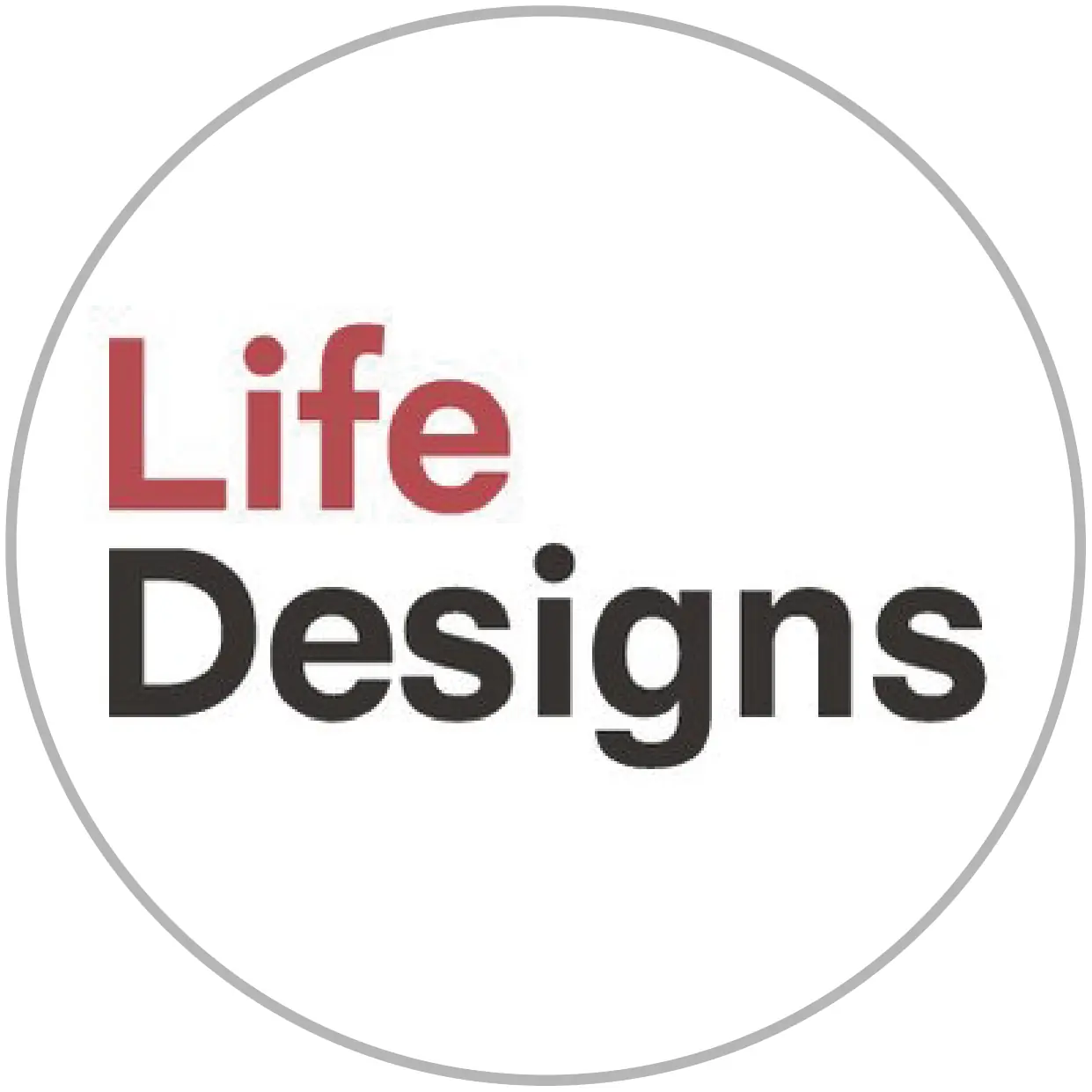

![[Inuyama City] Recommended Outing Spots](https://life-designs.jp/wp/wp-content/uploads/2022/06/2906b3f31480161a326c81aea3653ff0-1024x580.png)
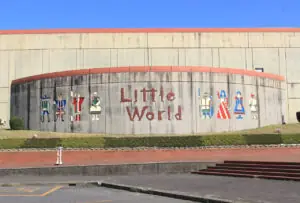
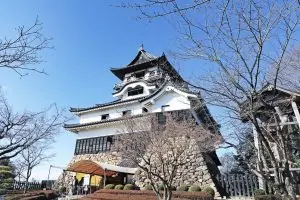
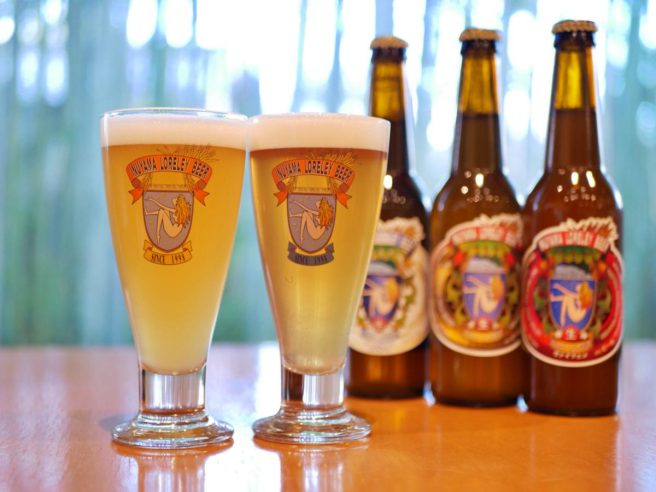

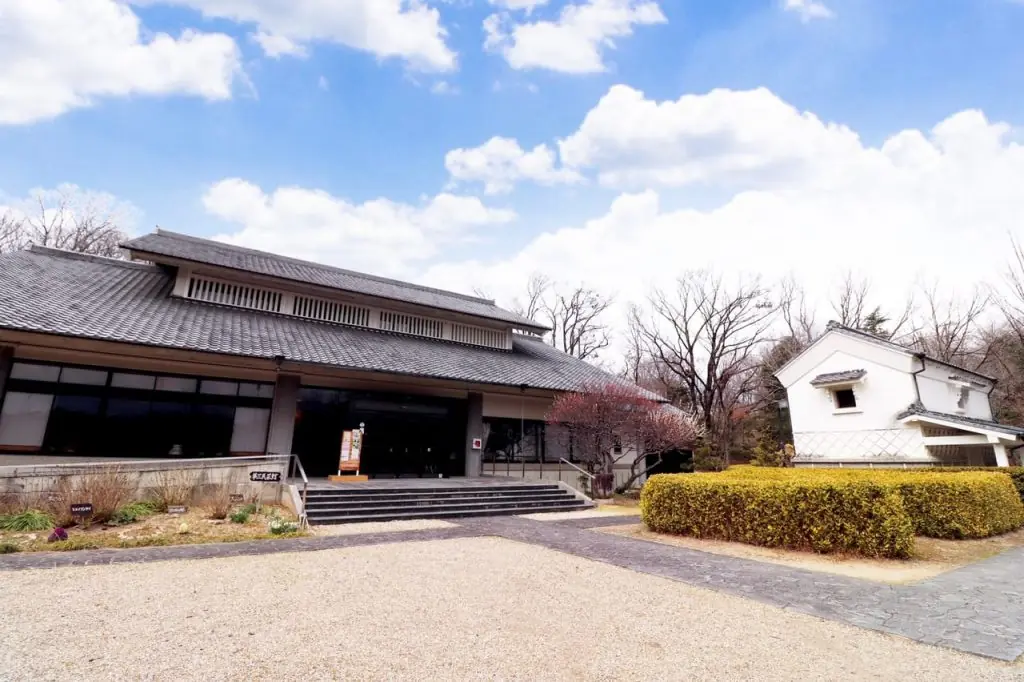
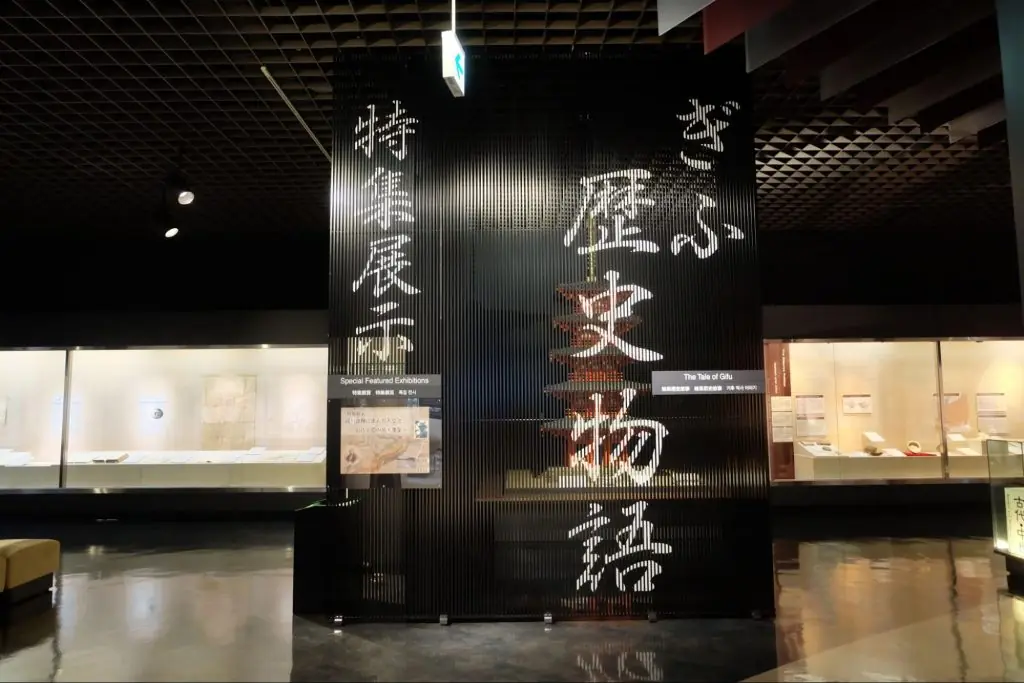
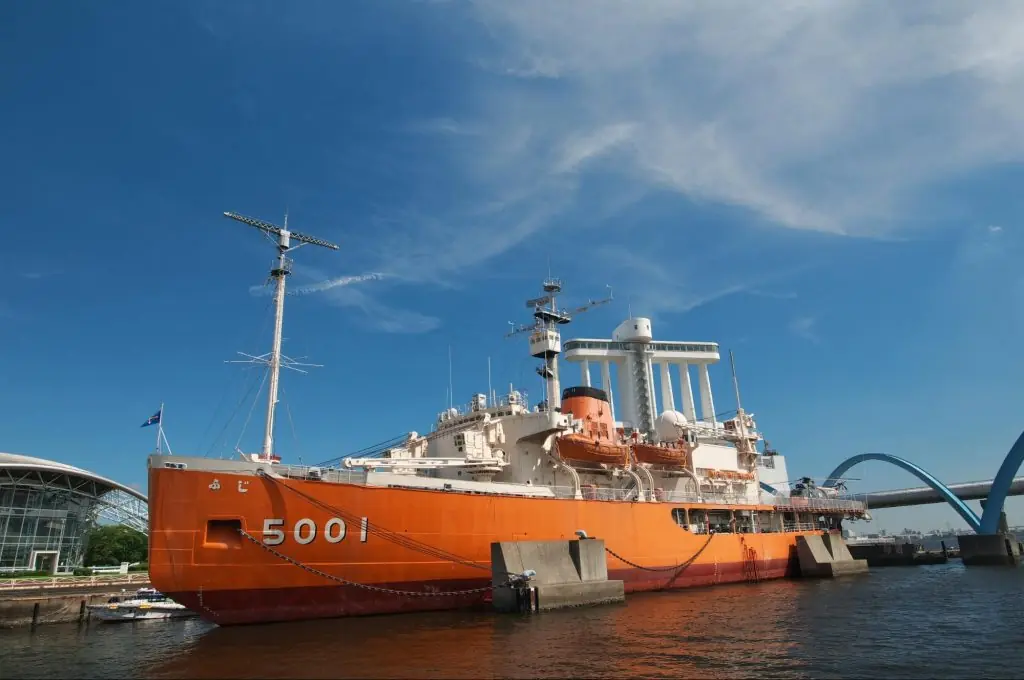

![[Inuyama] Try Out the Homemade Flavors at "YEH ice cream"](https://life-designs.jp/wp/wp-content/uploads/2023/01/image4-1024x577.jpg)
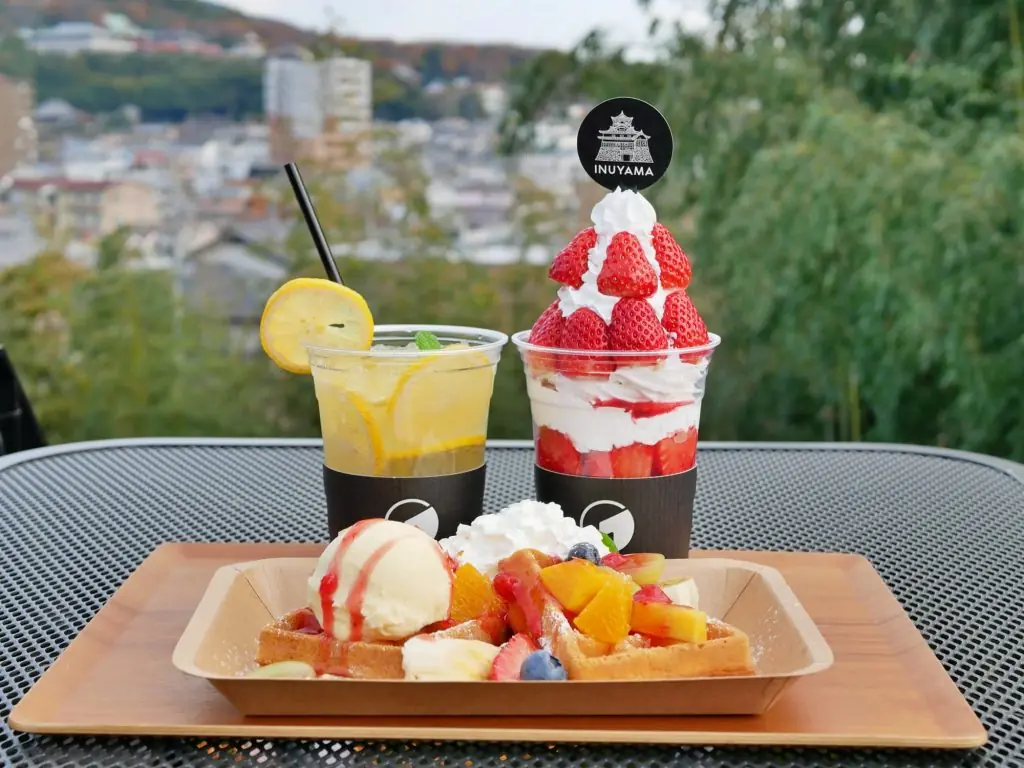
![[Inuyama city] "tsuide", a bookstore with the theme of "food"](https://life-designs.jp/wp/wp-content/uploads/2022/12/image10-17-1024x624.jpg)

![[Indoor Facilities] Where to Go on Rainy Days in Tokai Area! For Family Outings!](https://life-designs.jp/wp/wp-content/uploads/2023/07/FotoJet-23.jpg)





![[Special Feature] Enjoy Outdoor Activities!](https://life-designs.jp/wp/wp-content/uploads/2019/12/LD_banner_w1920x1088_outdoor-1-768x435.jpg)
![[Tokai Area] Scenic Spots which You'll Never Forget](https://life-designs.jp/wp/wp-content/uploads/2019/12/LD_banner_w1920x1088_prospect-1-768x435.jpg)
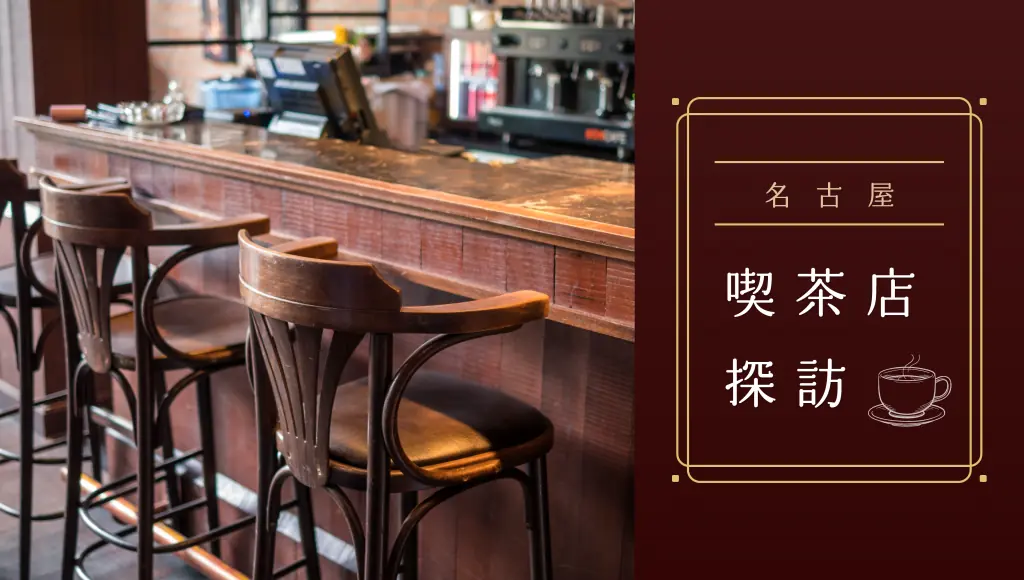
![[Nagoya-meshi] Nagoya's Speciality Dishes](https://life-designs.jp/wp/wp-content/uploads/2022/06/5ba2ca8c038fd4af7527bc0826367cfb-1024x580.png)
![[Tokai Area] Place to Go on Rainy Days!](https://life-designs.jp/wp/wp-content/uploads/2022/03/f76405aaa33944a4ba88a131fbc56523-1024x580.png)
![[Osu Special Feature] A City of History and Uniqueness](https://life-designs.jp/wp/wp-content/uploads/2022/03/01_Osu-1-1024x580.png)
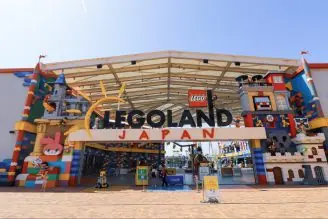
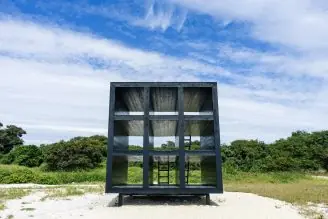
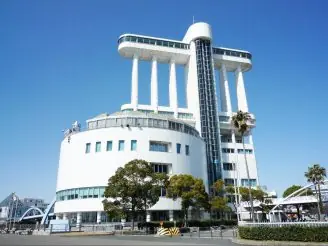
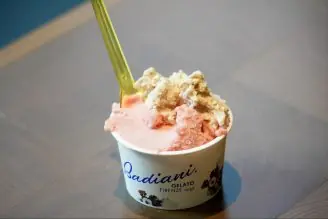
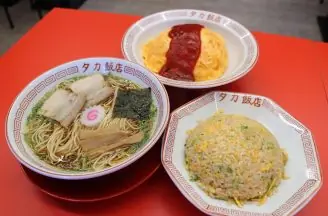

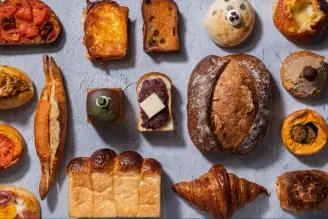
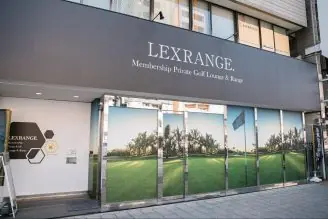
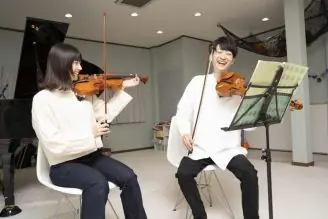
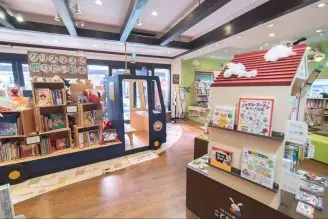
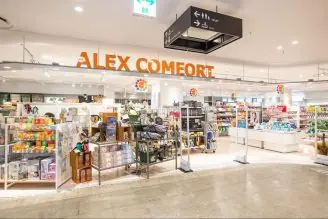
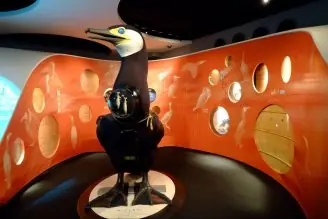
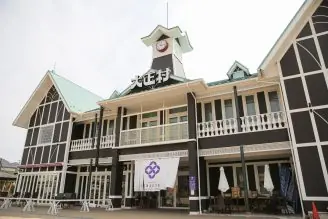
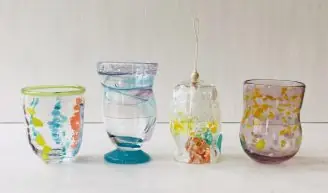
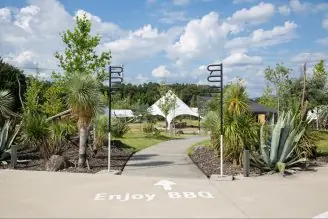

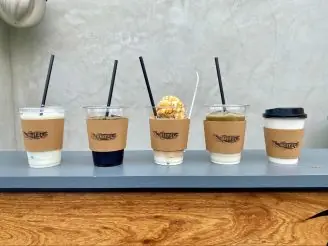

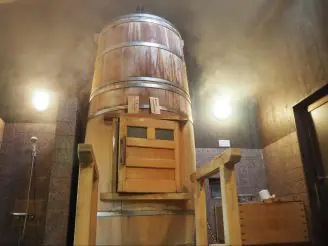
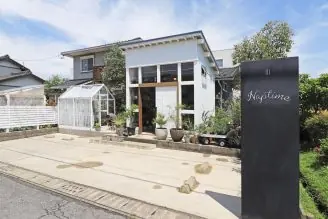

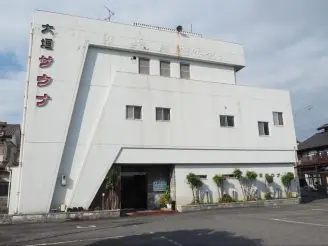

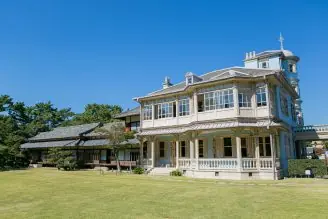
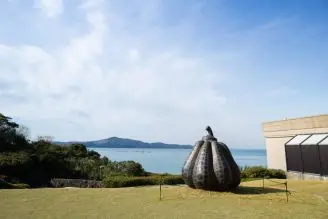
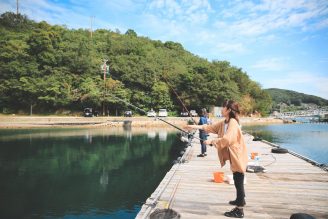
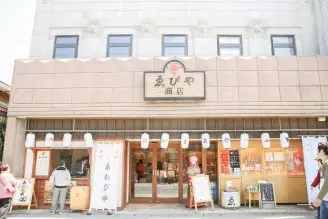
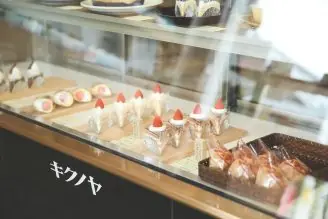
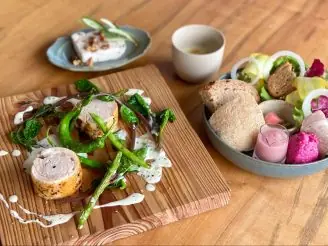
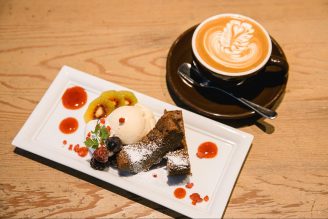
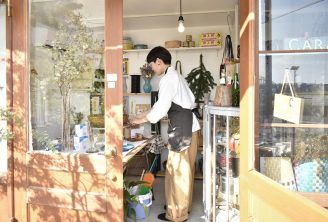
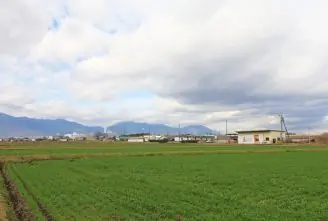

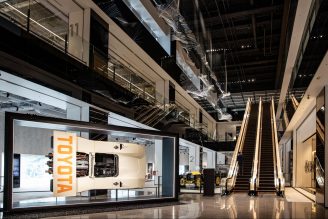

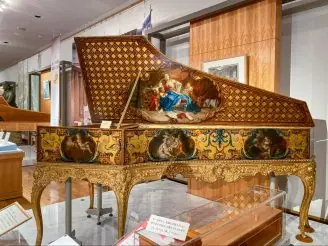

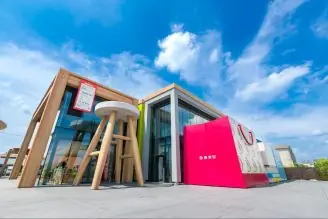



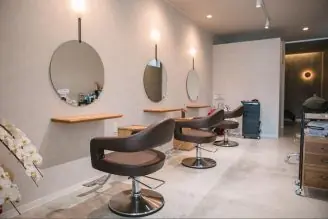

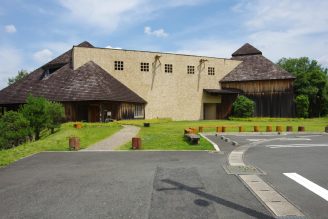
![Onigiri is hot right now! Summary of Osu's Onigiri Specialty Shops [5 selections].](https://life-designs.jp/wp/wp-content/uploads/2023/11/onigiri-1024x768.jpg)
![[28 selections] I want to get it when I go to Ghibli Park! Recommended goods & souvenirs (Ghibli’s Grand Warehouse edition)](https://life-designs.jp/wp/wp-content/uploads/2023/07/07bb34f30842ccc4c6412fc060e1966c-1024x683.jpg)
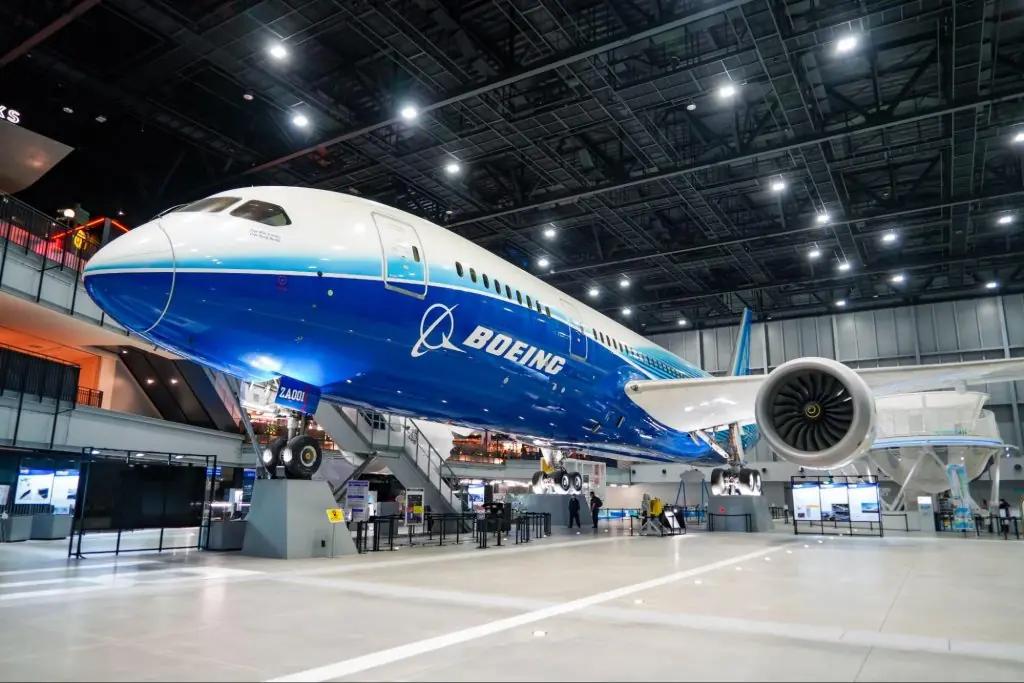
![[10 selections] Recommended for Girls' Trip from Nagoya! Special feature on Hotels and Inns](https://life-designs.jp/wp/wp-content/uploads/2022/11/FotoJet-1-1024x768.jpg)
![[Aichi, Gifu, Mie] 30 Family-Friendly Spots to Go in Winter!](https://life-designs.jp/wp/wp-content/uploads/2019/12/image21-1-768x543.png)
![[Within 2hrs by Car] 12 Outing Areas where You can Go on a Day Trip from Nagoya!](https://life-designs.jp/wp/wp-content/uploads/2023/07/odekake12_w1200h900_20240422-328x246.png)

